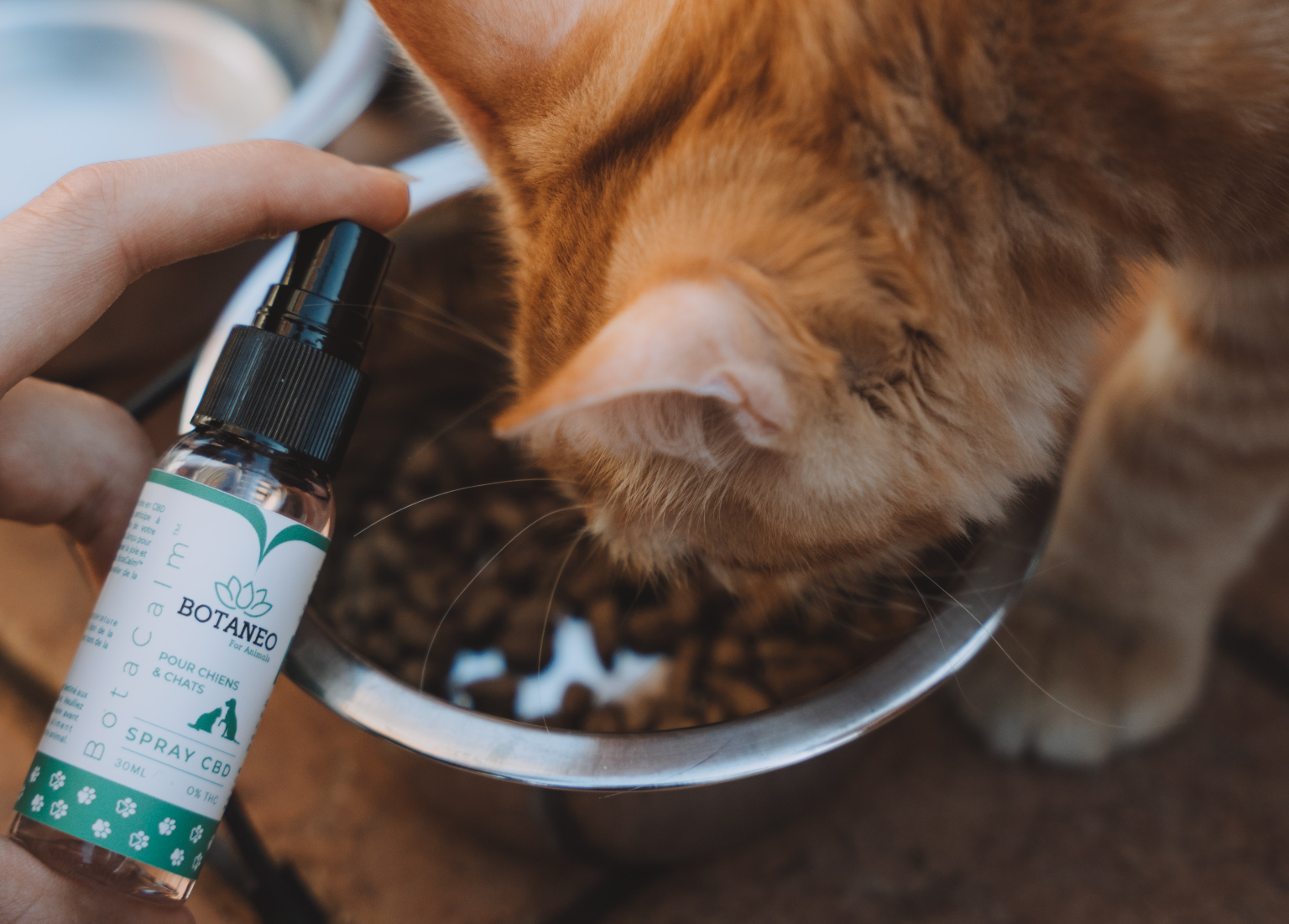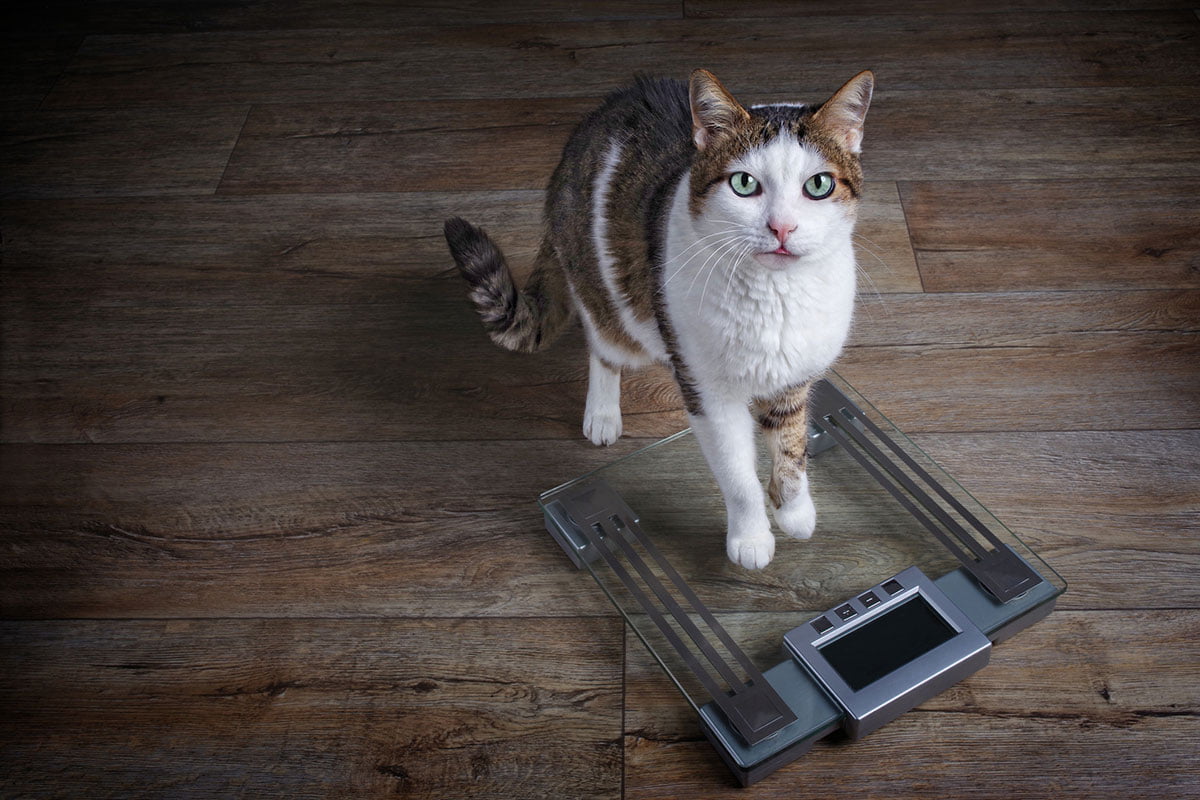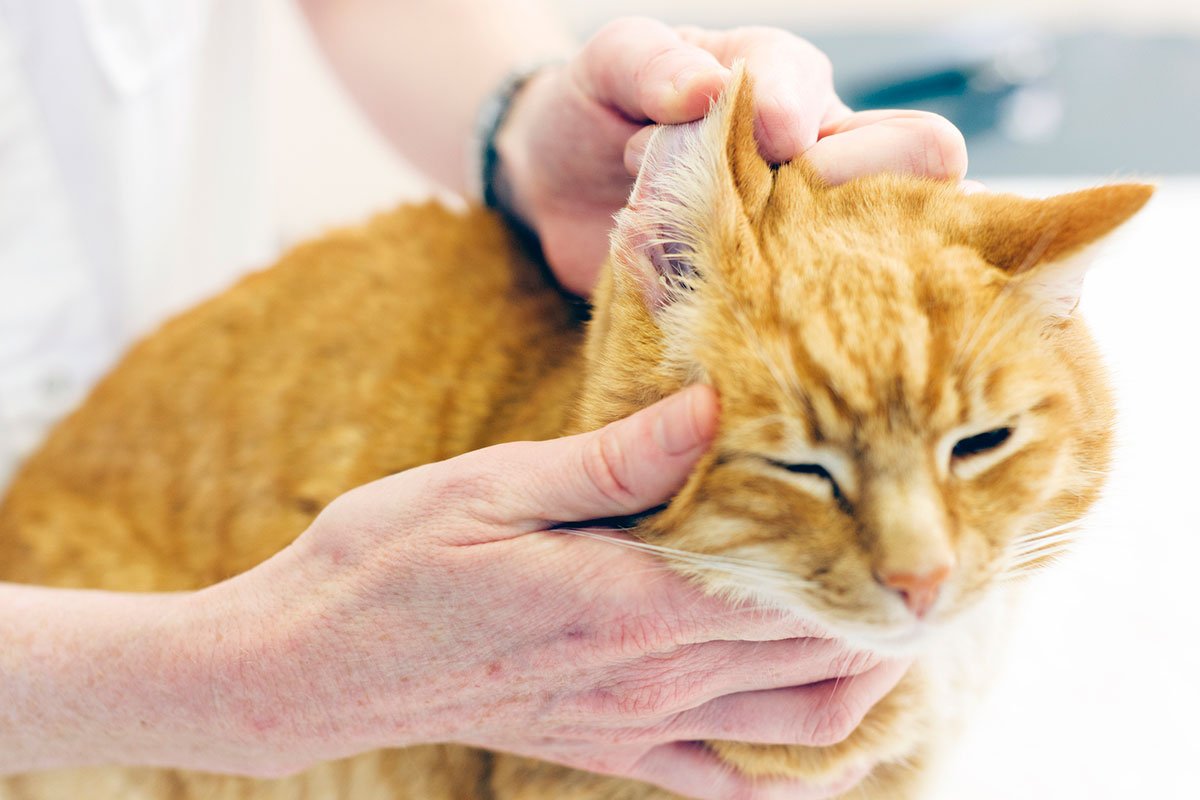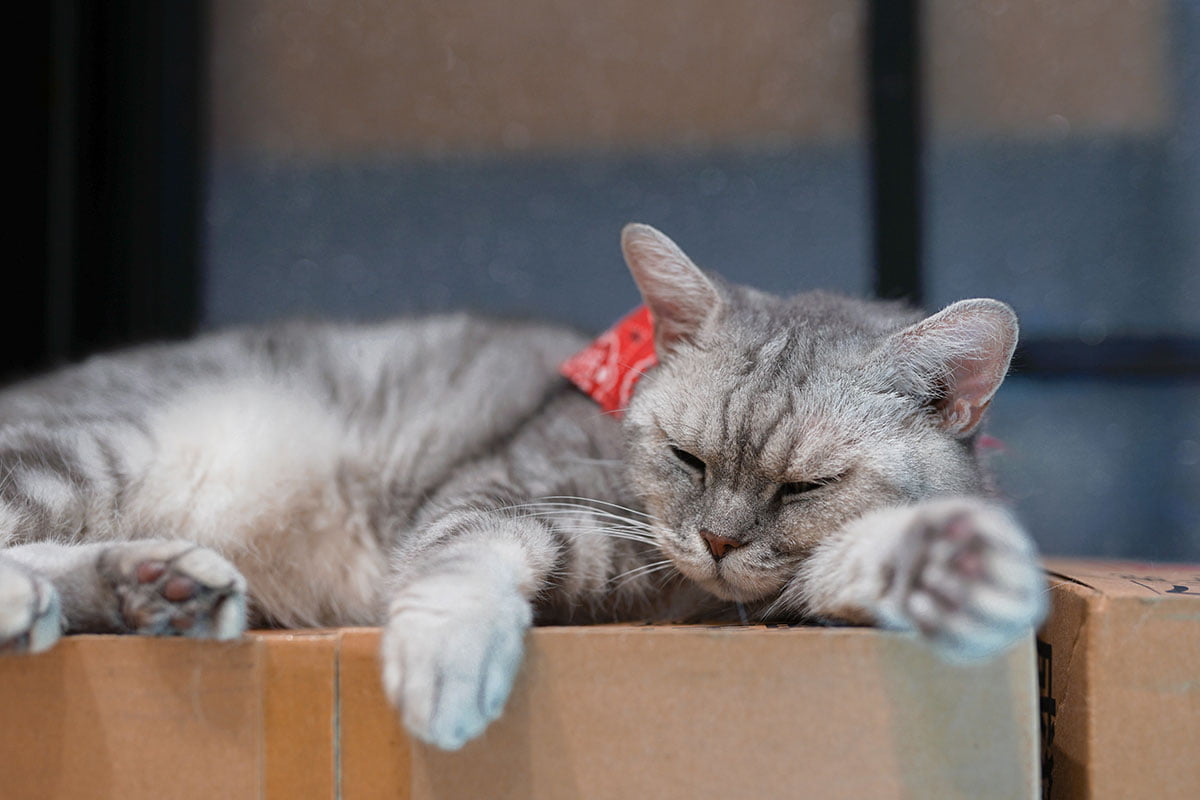You might think that it’s impossible for your indoor cat to get fleas, but you’d be wrong. While it may certainly be less likely that an indoor cat contracts fleas compared to an outdoor cat, it can still happen. Don’t make the mistake of thinking because your kitty doesn’t venture outdoors you can ignore the signs of a flea infestation, or skip over preventative treatments, as you might be allowing things to get worse.
Feline fleas are external parasites, they burrow into your cat’s skin and extract blood for food. They are very small creatures, usually a small fraction of an inch, and can jump across long distances. As a result, they can be hard to spot and deal with. Keep an eye towards a few common methods of flea transmission when it comes to indoor cats.
Brought In By Another Animal
Any other animal that is coming and going to and from your house can be a flea transport for your cat. A pet dog, even if on preventative flea medication, can still bring flea eggs and larvae into the house. Medications sometimes take time to work, and so the fleas might not all be eradicated by the time your dog comes back inside and near your cat. And once inside, fleas can multiply quickly, leaving any unprotected pet at risk of becoming a new host. In fact, one flea can lay up to 50 eggs per day, when they are latched onto a food source like your cat. Accordingly, ensuring all pets in your home are on a preventative flea treatment, in addition to regularly checking your pets for signs of fleas, helps ensure they don’t spread from one to the other.

Similarly, because fleas are notorious jumpers, they can make it from one host to another quite easily. Even you can transport fleas back into your home and give them to your cat. If you’re visiting a friend’s place with fleas (perhaps unknown to you), for instance, fleas can travel on your clothes and shoes, and be brought back indoors. Frequent washing of linens and general household hygiene (eg. vacuuming after a guest visit) will help keep this mode of transmission from occurring.
It’s also possible that a mouse or other rodent could bring fleas into your home, although this is less likely than other pets, yourself or guests. Cats are natural rodent hunters, so will likely keep any population at bay, but in settings with a large, pre-existing rodent population that are also flea carriers, transmission to your cat is possible. Keeping an eye out for signs of rodents, and doing your part by not leaving out any food and closing obvious paths of entry into your home, will help keep your place mouse free.
Picked Up During a Trip Out
No cat really spends every moment of their lives tucked away indoors. You might take your cat out of the house for a visit to the groomers, veterinarian, or to stay with a cat sitter while you’re out of town. Going out from time to time is a fact of life, but this also unfortunately introduces the possibility for your cat to pick up fleas during one of these trips. Because complete isolation of your cat is not realistic, this is another reason to put your indoor cat on a preventative flea treatment.
If your cat also likes to spend time near an open window or screen door, watching the action of the great outdoors, this may be an opportunity for a flea to make the jump over to your cat. Or perhaps you allow your indoor cat onto a covered porch to get some fresh air. Besides ensuring your cat is on a preventative flea medication, you can also take steps to help keep your yard parasite free (or hire a pest control professional to do it for you).
New Environment or Used Furnishings
If you’re moving homes, your new place might have a pre-existing flea problem. Remember that fleas can survive and stay dormant for up to months at a time in carpet, skirting boards, bedding or furniture, so be sure to do your best to check any new potential homes for signs of fleas, and give it a good, deep clean regardless. In case you do find fleas, methods of getting rid of them will differ depending on where you find them. For instance, if you find fleas in bedding, putting your sheets through the hot cycle in your dryer will help kill them. If you don’t feel well equipped to fight fleas yourself, you can always call on a professional pest control company for help.
If you live in an apartment building, common areas like hallways can be a breeding ground for the sneaky parasites, and proximity to neighbours can also increase risk to your cat.
Bringing used furnishings into your household can also provide a pathway for fleas to get into your home. Items like rugs, luggage, and bedding are common transport ships for fleas, so make sure to clean these thoroughly before bringing them inside.







